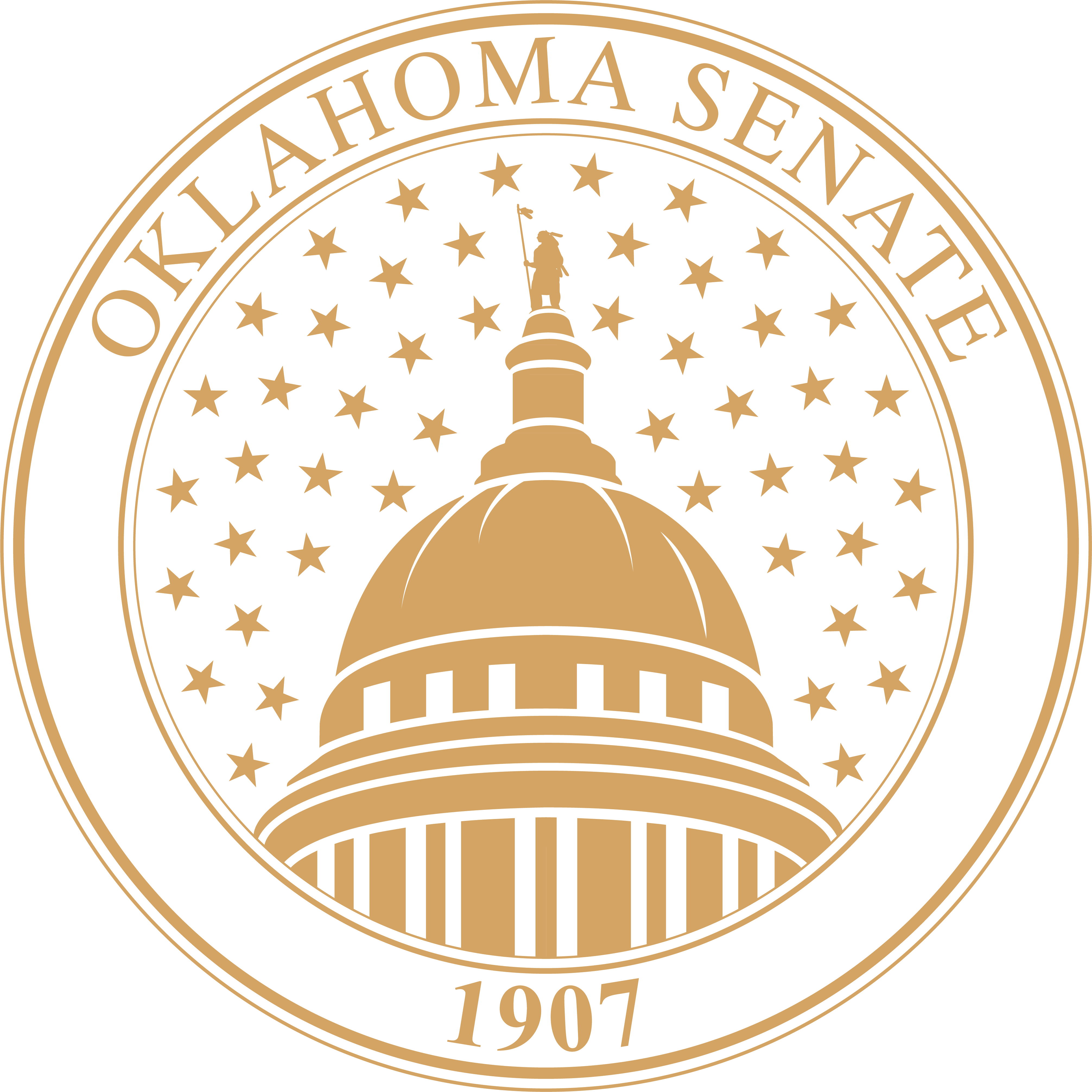In order to provide equal access and equal opportunity to people with diverse abilities, this site has been designed with accessibility in mind. Click here to view
The Oklahoman Op-Ed: Open and transparent congressional redistricting will yield good maps
By Ryan Martinez and Lonnie Paxton
Though the Legislature passed House and Senate redistricting plans this session with overwhelming, bipartisan support — those plans were promptly signed into law by the governor — redistricting is not yet complete. The Legislature now focuses its attention on redrawing the lines for Oklahoma’s five congressional districts.
Just like legislative boundaries, congressional boundaries are redrawn every 10 years to take into account changes in population. Congressional redistricting relies on population data from the U.S. Census Bureau. Congressional boundaries must take into account every person counted in each congressional district by the Census Bureau. The Census Bureau failed to meet its deadline to provide states with population data. The specific requirement for an exact population count, coupled with the delay in data, is why congressional redistricting is taking place now rather than during the legislative session.
Regardless of the delays and shifting timelines, we will conduct congressional redistricting in the same open and transparent manner as we did with legislative redistricting. We will hold seven congressional redistricting town hall meetings, with one scheduled for each of Oklahoma’s congressional districts. The in-person meetings are all scheduled to begin at 6 p.m. in the following cities: Oklahoma City (July 8), Enid (July 20), Tulsa (July 22), McAlester (July 27) and in Lawton (July 29). Virtual meetings also are scheduled to begin at 6 p.m. July 13 and Aug. 3. Each meeting will be livestreamed on the House and Senate redistricting websites. There you also will find archived videos of other redistricting meetings, as well as all relevant redistricting materials.
Just as we did with legislative redistricting, we are encouraging and seeking public comments on the process. The public comments and public map submissions were robust and useful. The final House and Senate maps included suggestions received from the public. At the in-person meetings, we will answer questions and take input on congressional maps. You can also send questions and comments anytime via email to the House (redistrictoklahoma2020@okhouse.gov) or the Senate (redistricting@oksenate.gov).
After the town hall meetings have concluded, the Legislature plans to hold a special session in the fall to complete congressional redistricting and make any necessary adjustments to legislative districts upon the release of final Census Bureau data.
The open and transparent process, including the solicitation of public input, yielded legislative maps this time around that are more compact and better by most standards than the maps adopted 10 years ago. That is why both House and Senate redistricting plans passed with near unanimous support and have been hailed in the media for their fairness. We are hopeful and confident the final congressional redistricting maps will receive similar overwhelming bipartisan support.
Rep. Ryan Martinez, R-Edmond, is chair of the House Redistricting Committee, and Sen. Lonnie Paxton, R-Tuttle, is chair of the Senate Select Committee on Redistricting.
 Oklahoma Senate
Oklahoma Senate

